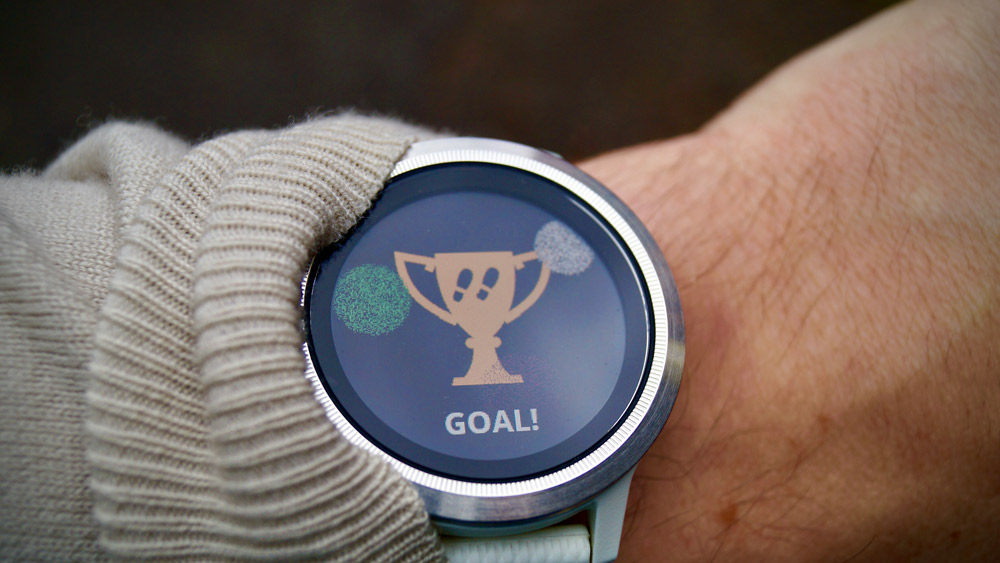So much has changed since I walked onto the Gaithersburg, Maryland, campus of the National Institute of Standards and Technology (NIST) almost three years ago to begin my term as its director and U.S. Commerce Undersecretary for Standards and Technology.
|
ADVERTISEMENT |
We were all still feeling the impacts of the pandemic, and I arrived to a mostly empty campus with darkened, quiet hallways. It was a little shocking to feel so little life on the campus where I had previously spent decades as a researcher and then as director of the NIST Material Measurement Laboratory.
Although the hallways were quiet, NIST’s staff members were still hard at work. The pandemic had forced many of them to adjust to home workspaces or to minimize their time on campus. Today, our campuses in Gaithersburg and Boulder, Colorado, are thriving once again, as are our multiple joint institutes and collaborations.
…

Add new comment